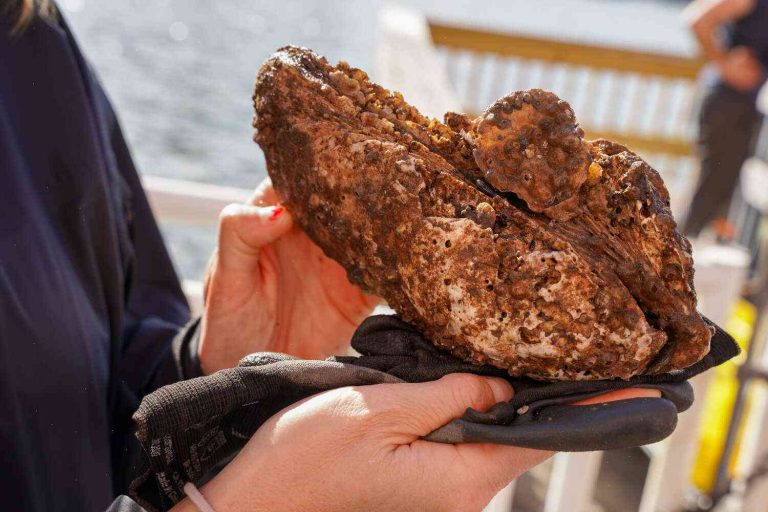Xanic tomes fly as mammoth seafood expedition takes over our shores. – Adam Kirsch, Rolling Stone
In 1812, a whaling ship with 15 crewmen sank off the coast of New York City, with all but four survivors being lost to history. The stormy waters almost wiped out the six-million-year-old ecosystem that fed off the carcasses. With hardly any mammals to dive and crab on, the oyster beds were pretty much gone by the mid-1700s. Without harbor life, shrimpers struggled to survive.
Today, New York Harbor is a recovering ecosystem and a thriving ecosystem is booming. Between 5.5 million and 10 million new oysters were harvested in New York’s bays last year, researchers reported. In three months alone — May to September — there were 2.5 million oysters collected from New York City’s notorious industrial area, Hackensack Bay.
They’re turning into beds of sardines and anchovies, zinc bars and nurseries for egg-laying shorebirds like warblers and nuthatches.
Read: NYC Shore Look Ahead: Recreate the Oyster Capital of the World — Today (Want to See Which Staten Island Borough Had the Most?!)
And the city’s foodies? You may have to wait a while before getting your mouth on this tasty critter.
The rush to harvest the new oysters has sparked serious environmental concerns over oyster beds. The city’s Health Department has banned the trading of oysters (and other shellfish), and already imposed a moratorium on stock extraction in portions of the waterways.
“It’s very upsetting that we are now being used as an oyster processor,” says Wesley Henn, a fishery biologist with the Conservation Science Center in Brooklyn, New York.
Read: 7-foot Long Island Clams Found Off Barnegat Lighthouse (And Other Waves of the Past…)
Those bummer regulations have prevented watermen from selling their treasures for two months and have reduced the number of tanks of freshly harvested oysters available on the open market, making New York’s oyster industry somewhat of a victim of its own success.
And on a daily basis, the city can’t afford to move a peck of oysters that aren’t put out for harvest. “We don’t have anywhere near the room for the oysters that were put in as we were expecting,” explains Henn.
Is he worried about the rest of New York harbor? It’s already known as “the oyster capital of the world,” and is bound to be a destination for commercial oyster investors once the current clean-up and extraction process is complete. “When the embargo is lifted, I am confident the rest of the river system will be a hotspot for oyster investors,” he says.
Henn cites extensive regeneration efforts throughout the region as some of the reason the turnaround has happened so fast, but adds that the strong collaboration between New York City, the state of New York, and nonprofit groups — like the Conservation Science Center, Riverkeeper, and the Alliance for the Great South Bay — has also been a major factor.
Read: Did Explore Find an Ancient World War II German U-boat on Staten Island? (Or Not…)
But the ultimate hurdle is whether or not the excess oysters will stay in the upper reaches of the Long Island Sound. Sustainability experts say while great an oyster fishery can open up a garden for new sea life, it can also be a drain on resources.
“One can debate whether sustainability and breeding stocks for ocean fisheries is important,” says Henn. “But it’s very important that if we can seed an oyster ecosystem, it has the possibility to sustain itself.”
He goes on to say that a constant parade of fishermen and newcomers who populate the water must also go into the water and feed oysters. “We can’t take one thing from a working oyster reef and put it in our bread-and-butter eco-system,” he says.
To that end, the divers and scientists at the Conservation Science Center will ensure the water is continually brought into balance with oyster spawning. For a clean-up plan, you can visit the Environmental Protection Agency’s Runnymede webpage and resources page.
More from PopSugar:
The Dos and Don’ts of Going Solo on Vacation
Vladimir Putin’s Birthday: Rooftop Shower, Sports Car Rescue, & Gay Marriage
Break Up Is Hard to Do, but It’s Easy to Take Back!
